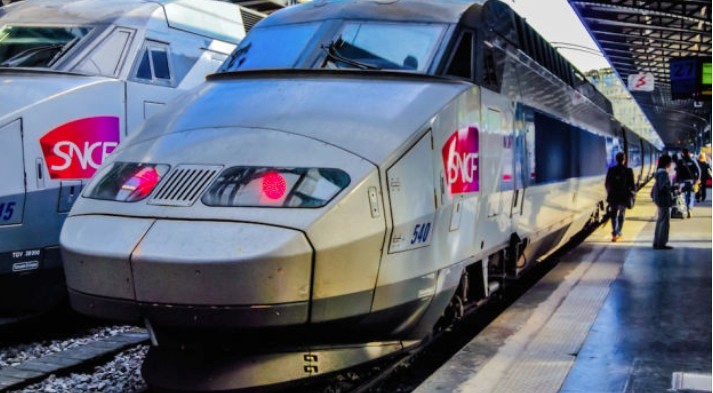Who says government companies can’t mess up? Well, they can and they do. This time, it'is the case of France’s national rail company, SNCF, that admitted ordering 2,000 trains that are bigger than the station platforms.
“Merde!” (the word for “damn it!” in French) is probably what the CEO of France’s national rail company, SNCF, said when he realized that he wrote a $20 billion check to buy 2,000 trains without checking the measurements.
According to the French authorities, the problem was that RFF national rail operator’s measurements of the station platforms were not quite accurate. Basically, the operator only gave the dimensions of the platforms built less than 30 years ago, but most of France’s 1,200 platforms were built more than 50 years ago. Oh well, what's 20 years anyway?
Repair work has already started and the actual reconstruction of the platforms has costed more than 80 million euros ($ 110 million) already. The problem was confirmed by the spokesman of the RFF rail operator that declared: “we discovered the problem a bit late, we recognize that and we accept responsibility on that score”. This hole measurement rail problem was first reported by a the satirical weekly, “Canard Enchaine”, in its Wednesday edition.
Transport Minister Frederic Cuvillier said the problem is a change made by a previous government, in 1997, when the rail operator RFF and the rail company SNCF were separated by law.
We are talking about a huge company that employs more than 180,000 people in 120 countries around the globe. It is a railway network that consists of about 32,000 km (20,000 miles) of route, of which 1,800 km (1,100 miles) are high-speed lines and 14,500 km (9,000 miles) electrified. About 14,000 trains are operated daily.
We’ll remind you that SNCF was the company that created TGV (Train a Grande Vitesse), the world’s fastest railway network, at the time. Although the high-speed program started in the 1970s, the first TGV service, that connected Paris with Lyon, was inaugurated in 1981. At the moment, SNCF’s TGV trains cary more than 100 million passengers a year, TGV lines and technology being now spread across several European countries.
France railway company is a recognized leader in eco-mobility with a commitment to become the world’s first operator to offer carbon neutral travel at no extra cost to passengers.
According to the French authorities, the problem was that RFF national rail operator’s measurements of the station platforms were not quite accurate. Basically, the operator only gave the dimensions of the platforms built less than 30 years ago, but most of France’s 1,200 platforms were built more than 50 years ago. Oh well, what's 20 years anyway?
Repair work has already started and the actual reconstruction of the platforms has costed more than 80 million euros ($ 110 million) already. The problem was confirmed by the spokesman of the RFF rail operator that declared: “we discovered the problem a bit late, we recognize that and we accept responsibility on that score”. This hole measurement rail problem was first reported by a the satirical weekly, “Canard Enchaine”, in its Wednesday edition.
Transport Minister Frederic Cuvillier said the problem is a change made by a previous government, in 1997, when the rail operator RFF and the rail company SNCF were separated by law.
We are talking about a huge company that employs more than 180,000 people in 120 countries around the globe. It is a railway network that consists of about 32,000 km (20,000 miles) of route, of which 1,800 km (1,100 miles) are high-speed lines and 14,500 km (9,000 miles) electrified. About 14,000 trains are operated daily.
We’ll remind you that SNCF was the company that created TGV (Train a Grande Vitesse), the world’s fastest railway network, at the time. Although the high-speed program started in the 1970s, the first TGV service, that connected Paris with Lyon, was inaugurated in 1981. At the moment, SNCF’s TGV trains cary more than 100 million passengers a year, TGV lines and technology being now spread across several European countries.
France railway company is a recognized leader in eco-mobility with a commitment to become the world’s first operator to offer carbon neutral travel at no extra cost to passengers.
